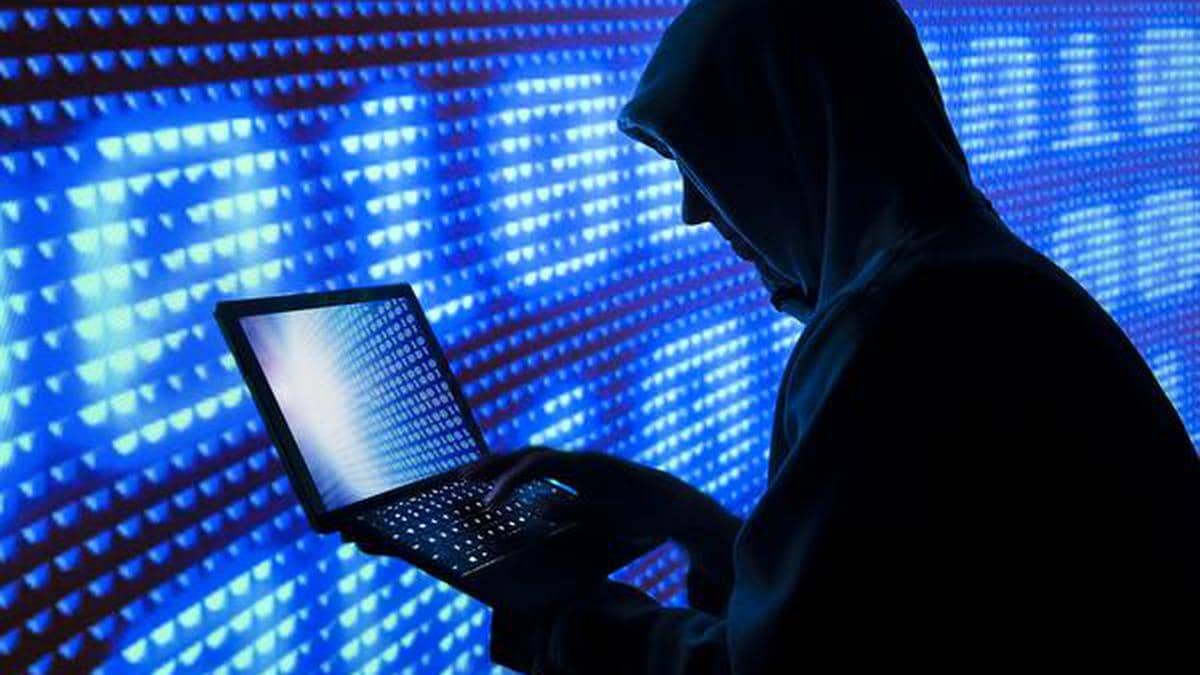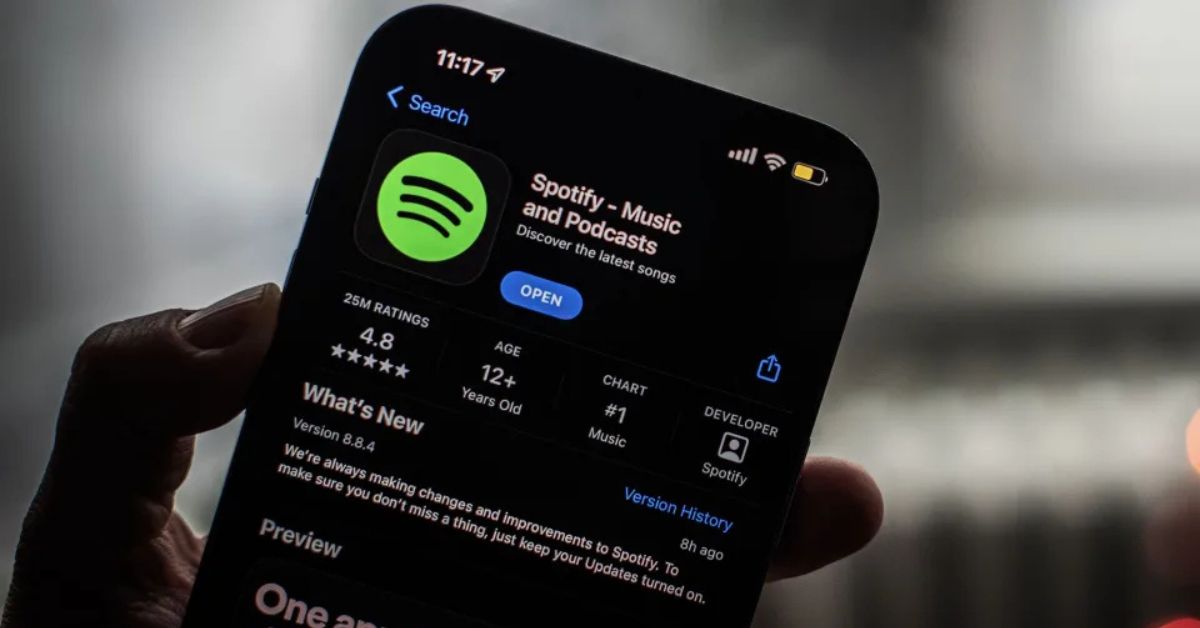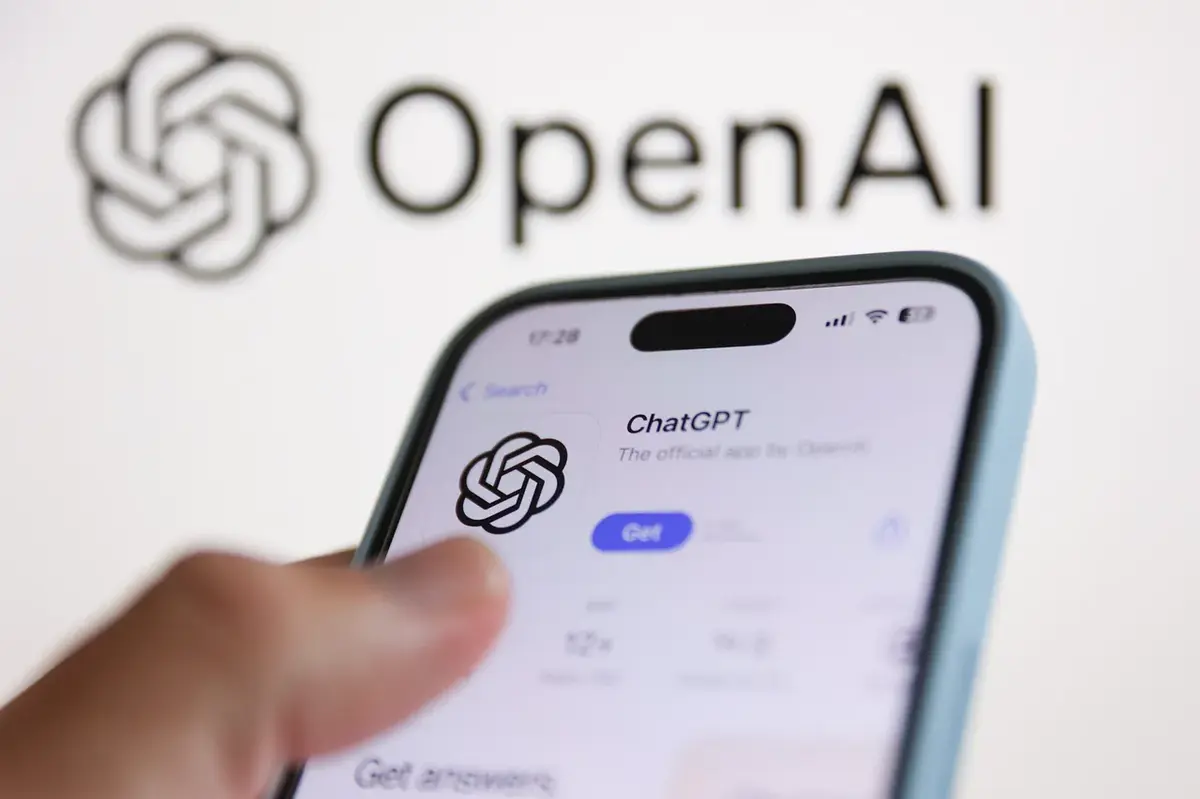A major data breach has hit Mars Hydro, a Chinese company that specializes in indoor growing and hydroponics equipment.
This breach exposed 2.7 billion records, putting sensitive customer information at risk. The leak includes details about smartphones, operating systems like iOS and Android, Wi-Fi networks, and much more.
What Was Exposed?
The breach occurred because the company’s database was not protected by a password, allowing cybercriminals to access massive amounts of data.
Some of the exposed information includes Wi-Fi SSID network names and passwords, IP addresses, email addresses, and details about the smartphones used, including whether they ran iOS or Android.
This type of data exposure can be dangerous for customers. With Wi-Fi network information and smartphone details, hackers could gain unauthorized access to personal devices and networks.
It also opens the door for man-in-the-middle attacks, where attackers can secretly intercept and manipulate communications between users and devices.
Potential Risks for Users
The most significant risk is a man-in-the-middle attack, where hackers can change the data being sent between users and devices without their knowledge. This could lead to impersonations, stolen login information, financial data theft, or even corporate data being leaked.
Mars Hydro also provides a mobile app to control its hydroponic products. This app is available on both the App Store and Google Play Store and offers support in multiple languages.
While the app’s privacy policy claims not to collect user data, the IoT devices it connects to might have sent sensitive information that contributed to the leak.
What Needs to Be Done?
The breach raises serious concerns about the security of databases and the need for stronger protection against cyberattacks. Companies, especially those handling sensitive customer data, need to be more vigilant about securing their systems to prevent such breaches in the future.
While there is no confirmation that the leaked data has been used maliciously, the potential risks are high. Businesses must improve their cybersecurity to prevent this kind of exposure from happening again.












